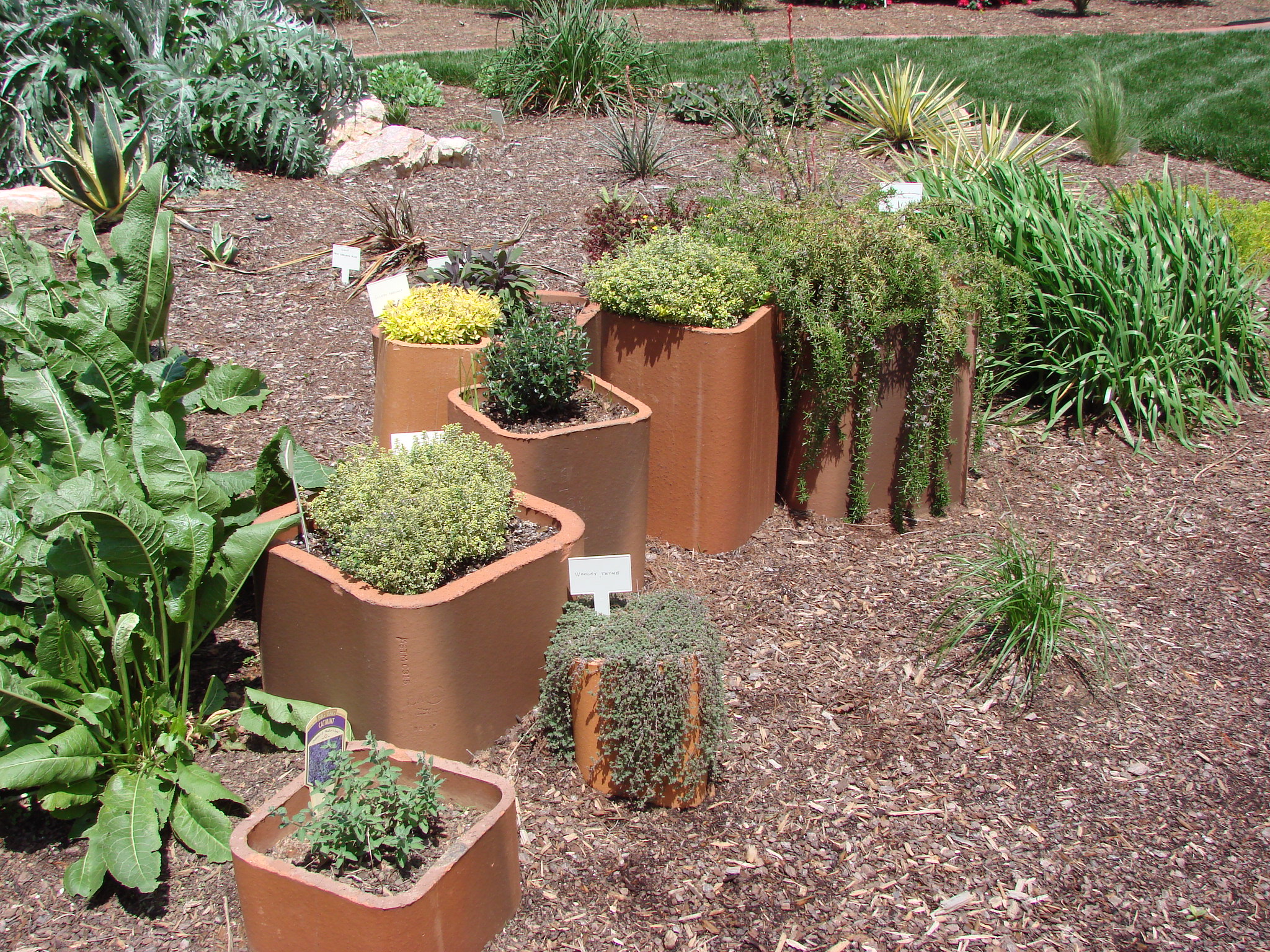You don’t have to pay a bundle for fresh herbs at the market. It’s so easy to grow your own, use them all summer in your favorite dishes, then dry them at summer’s end to use all winter. You don’t even have to have a lawn or garden – you can grow them on your window sill in small pots, or put them all together in one larger pot.
Growing Your Own Herbs
You also won’t need to make a significant up-front investment or spend a lot of time caring for them. You can buy small herb plants at your local Walmart, grocery store or garden center for about $2 to $5 per plant, depending upon size. Some of the herbs can be grown from seed, resulting in even more savings.
Decide which herbs best suit your cooking and eating style and invest in those. Basic herbs for most cooks – and those most likely to be carried by your local Walmart – are rosemary, basil , oregano, thyme, parsley, chives, bay, sage and tarragon.
If you live in the U.S., consult the U.S. Department of Agriculture extension office in your region, or just go to their website to find out everything you need to know for growing plants in your region. If you live outside the U.S., talk with the professionals at your local garden center for tips on growing the herbs you’ve decided on.
Treat your potting soil or garden and pot your plants or seeds based on the recommendations from the professionals mentioned above. Most herbs thrive if tended to just once a week, but may require more water if you live in a particularly dry area or are going through a hot, drought period. Again, base the care for your plants on the advice given by the gardening professionals in your area.
Using Your Own Herbs – Growing and Using Your Own Herb Garden
Harvest your herbs throughout the summer so you don’t let them “go to seed,” which will happen if you let them flower. Clip them regularly and store unused herbs in plastic bags in your refrigerator after sprinkling them with a little water.
At the end of the summer, harvest everything you can and dry the leaves by laying them out on sterile screens to air dry or by hanging bunches upside down in a warm, dry, place. When they are thoroughly dry, crumble the dried herbs and store in air tight glass jars to use throughout the winter months.




